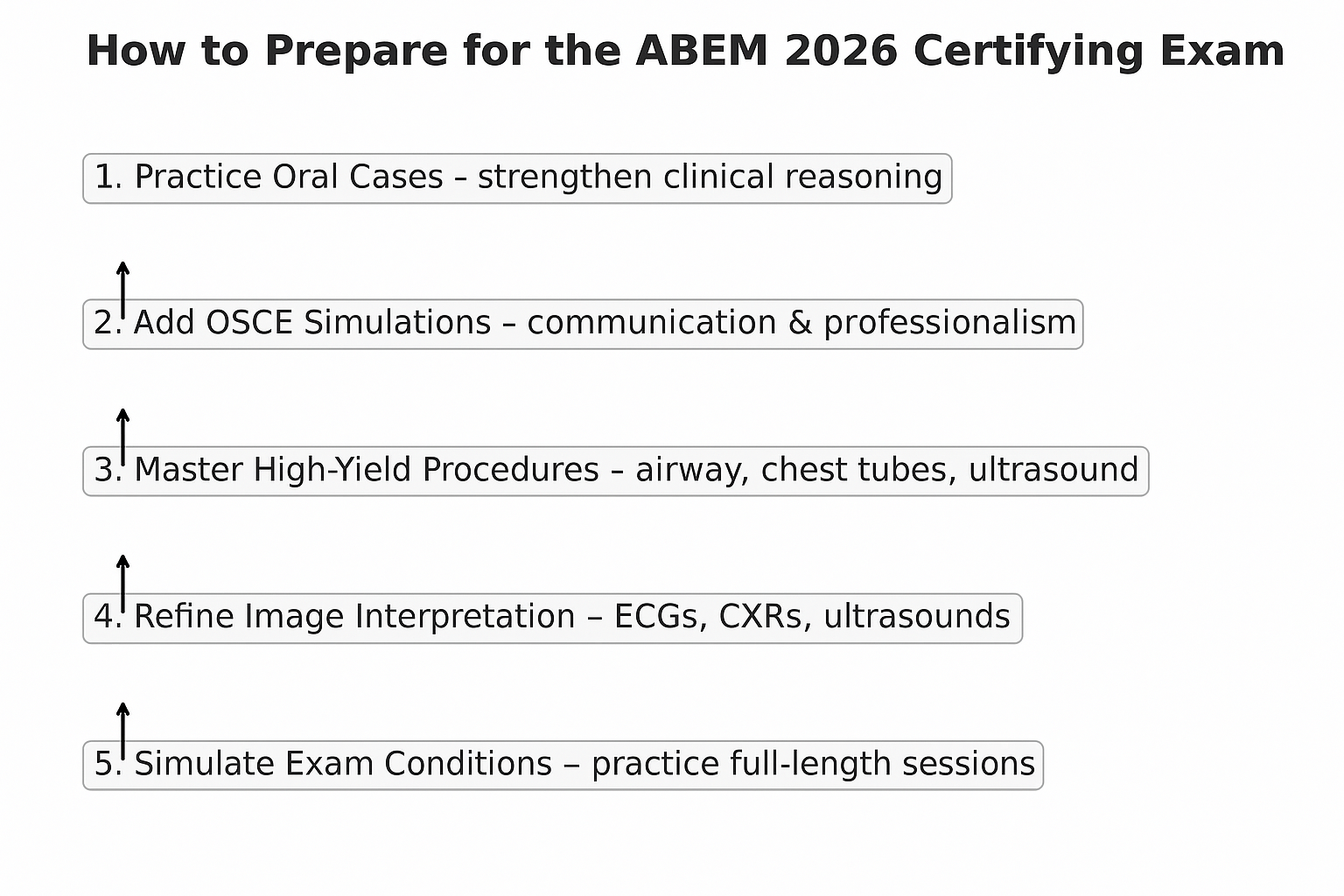The Link Between In-Training Examinations and Board Exams
The assumption often made within residencies and by residents is that In-Training Examinations (ITEs) mirror the board exams, providing a predictive framework for success in these crucial assessments. This article delves into the correlation between ITE performance and success on board exams across various medical specialties, shedding light on the accuracy of this common assumption.
Correlation Analysis
Research demonstrates a moderate to strong correlation between performance on ITEs and board exams. This finding underscores the predictive value of ITEs, suggesting that achieving higher scores on these exams could significantly forecast the likelihood of success on board examinations. The congruity in content and assessment objectives between ITEs and board exams further reinforces the relevance of ITEs in preparing residents for board exams.
Specialty-Specific Insights
In the realm of Family Medicine, a study showcased a positive predictive value of 0.72 between cumulative scores on American Board of Family Medicine ITEs over a three-year period and the American Board of Family Practice certification examination scores. This indicates that a trend of higher performance on ITEs over time could foretell success in board certification examinations.
In the specialty of Otolaryngology, the Otolaryngology Training Examination (OTE) taken during residency was associated with the passage rate of first-time examinees on the American Board of Otolaryngology-Head and Neck Surgery Written Qualifying Examination. This association accentuates the role of ITEs as indicators of readiness for board exams in this specialty.
Within Infectious Diseases, the Infectious Diseases Society of America (IDSA) ITE scores emerged as the strongest predictor of performance on the American Board of Internal Medicine (ABIM) Infectious Disease Certification Examination. This suggests that ITE scores can have a stronger predictive value compared to other variables like previous ABIM Internal Medicine Certification Examination scores and USMLE Step 1 scores.
Warnings and Recommendations
One of the best board preparation tools available to residents is usually their old ITEs. But do not put too much weight on their use as an exact predictor. There are several statistical problems with using ITEs as a predictor, as noted in the article The ITE Scores - Use With Caution.
- The ITE data population is tiny. We’re interested only in outliers - very high scores and very low scores.
- It’s easier to gather a correlation between high scores and high ITEs than between low ITE scores and boards failure.
- Each specialty has had misalignments between tests and learning materials in the past, at least occasionally.
If you are a resident, low ITE scores don’t mean you’re going to fail. It doesn’t mean you don’t have to study if you have high ITE scores. For the residency director and faculty, the same applies. High ITE pass rates indicate alignment between the learning and the written boards and specialty blueprint, low ITE pass rates can indicate malalignment, but can also indicate student study resource availability and oversight issues.
Med-Challenger for Residencies offers questions banks and management tools that include exam simulations, blueprint-based content, consistent updates, and lots of student remediation materials.
Med-Challenger also offers individual boards prep in Family Medicine, Emergency Medicine, Internal Medicine, Pediatrics, Pediatric Emergency Medicine, and OBGYN.



